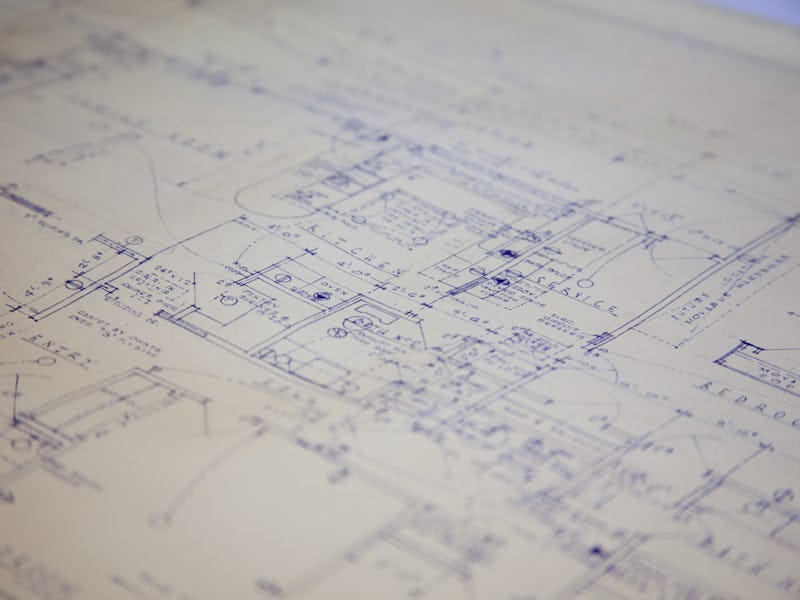How to Build Your Own Memory Palace
Here's how to create a museum of your own recollections and experiences.

There isn’t much of a reason to commit anything to memory anymore. Between Facebook and Siri, we’ve got birthdays, phone numbers, and faces covered. Google takes care of everything else. But the sad reality is, without a phone in hand, most of us know less and less. It’s ironic that we’re processing more information than ever before while also finding it harder to retain it. Fortunately, we can also use the old strategies, the pre-Internet, pre-Encyclopedia strategies.
How do we prepare for those moments when the WiFi’s down and we need to recall a fact? Building a “memory palace,” an ancient memorization technique that pairs ideas with locations, can help. Here’s how to do it.
According to Greek legend, the first memory palace was built by the poet Simonides, who attended a party at a hall that collapsed soon after he stepped outside. The guests were so mangled that they were unidentifiable, but Simonides was able to recall each person’s name on the basis of where they were standing in the hall during the party. This technique came to be known as the method of loci — Greek for “place” — and was widely used throughout antiquity and the Middle Ages to memorize anything from speeches to religious texts. Part of the reason the technique persisted — and part of the reason it’s not as common anymore — was the fact that writing anything down was expensive. Why waste precious paper when you could just commit things to memory?
But memory architecture isn’t as easy as Inception made it look. You lose stuff in your own house, which contains actual stuff, and keeping track of ideas is that much harder. So there are simple rules: Always enter the palace the same way and paint everything in bright colors.
To try and memorize Inverse’s list of the worst pop songs of 2015, for example, I’m going to mentally plant an embellished image of each one somewhere in the Inverse office.
Walking into the kitchen, I’m putting Maroon 5’s “Sugar” next to the fancy olive oils because Adam Levine is the greasiest guy in pop music. I drop off Andy Grammer’s “Honey I’m Good” on the wooden shoe rack because it’s the same shade of brown as hamster shavings, and this song’s square-dance hick vibe makes me think of that horrible classic earworm, the Hampsterdance. Wiz Khalifa’s “See You Again” goes next to the keys inside the bike helmet sitting on the shoe rack because, well, RIP Paul Walker. I’m picturing Tove Lo’s tear-stained, makeup-smeared face looking up at me from our video intercom while “Habits” plays in the background, and, finally, I hang the Weeknd next to the paper-maché rhino head on the wall, because, it, too, can’t feel its face.
Part of the reason this technique is so effective is because creating images to be stored in a memory palace takes time and concentration — more than you’d usually put into thinking about a pop song. But science can also help explain what makes this technique work. A study published in Nature Neuroscience on competitors in the World Memory Championships (yes, it’s a thing) found that people with exceptional memories didn’t have structural brain differences or higher intellectual ability – they simply used the memory palace technique. Using fMRI to scan the brains of these individuals, the researchers found that the parts of the brain that were most engaged were those associated with spatial memory and navigation.
The memory palace method works. It may even work a little too well, making it difficult to disassociate an image (or, in this case, a song) with its location. The best memorizers have multiple memory palaces — or even streets or entire towns — organized by theme. It doesn’t really matter where you ultimately house your memories, as long as you know — or remember — how to retrieve them.